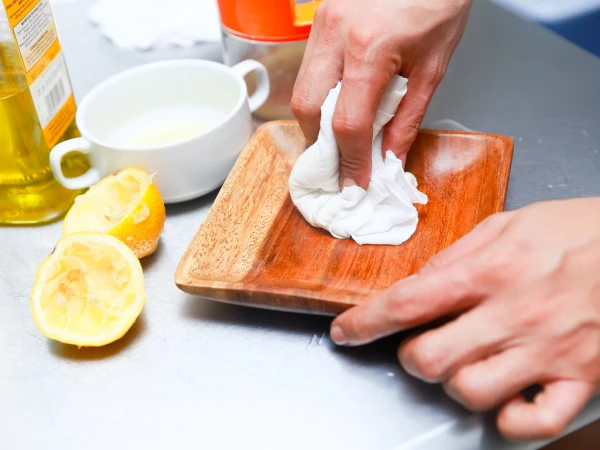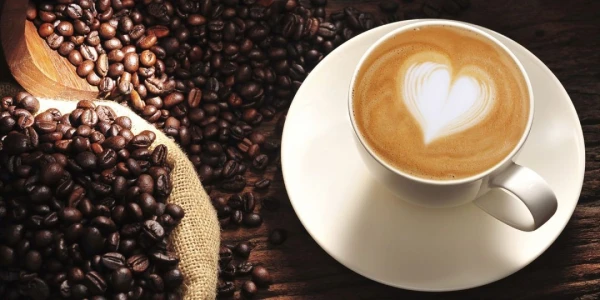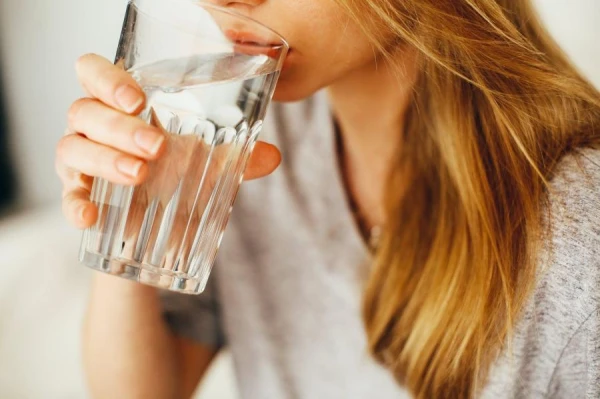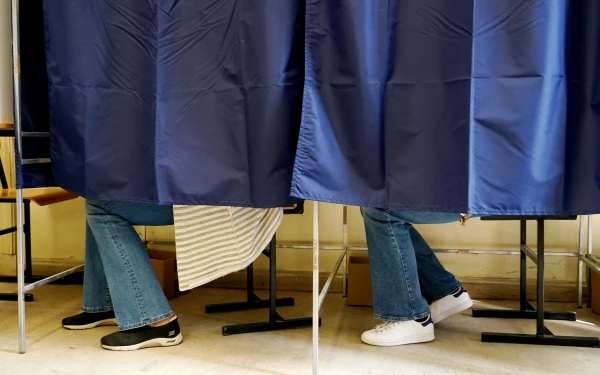
Don't rush to despair and guilt if, shortly after waking up, your hand automatically reaches for something sweet. Morning is the moment when the body transitions from a night-time economy mode to active activity.
“After 8–10 hours without food, liver glycogen is partially depleted, cortisol helps you wake up, and ghrelin increases hunger. The brain, which feeds on glucose, predictably craves quick sugar, and a lot of it. This craving is intensified by lack of sleep, late dinners, a 'empty' carbohydrate breakfast the day before, and the premenstrual phase. By the way, sweets can be incorporated into a healthy routine if consumed in moderation,” said nutritionist Elena Mukhina, sharing other secrets on how to cope with cravings for pastries and chocolate.
Anchor Breakfast: Protein, Fiber, Fat — Carbohydrates Later
The main mistake is starting the day with a croissant, juice (especially packaged!), or cookies. Quick sugars provide a spike in glucose and a sharp drop after an hour or two, causing the body to crave sweets again. “A more physiological approach is to have an anchor breakfast within the first 60–90 minutes after waking up: 25–35 g of protein, a portion of fiber, and a bit of healthy fats. An omelet with vegetables and whole grain toast, Greek yogurt or cottage cheese with berries and nuts, or tofu scramble with avocado will ensure a steady energy curve,” advises the doctor. It’s better to postpone carbohydrates to the second part of breakfast or to a snack a couple of hours later — this smooths out glucose swings and significantly reduces cravings for dessert.
Eat Sweets After Meals, Not on an Empty Stomach
If you’re craving sweets today, save dessert for the end of a full meal. The protein, fiber, and fat from the main dish slow down glucose absorption, reducing the spike in sugar and insulin and preventing subsequent energy crashes. Even a small portion of vegetables eaten before dessert changes the glycemic curve for the better. An additional tip is a 10–15 minute walk after eating: the muscles 'utilize' some of the sugar, and the body copes with sweets more easily without drowsiness and cravings for more.
Timing Matters: Sweets — During Active Hours or Around Workouts
Insulin sensitivity is higher in the first half of the day and immediately after physical activity. The most forgiving time for dessert is after a workout, brisk walking, or swimming, when there’s still movement ahead, rather than languishing on the couch. A less favorable scenario is having sweets late in the evening: it worsens sleep quality and provokes morning hunger the next day. For 'larks', a good scheme works: a protein breakfast, then activity, and only afterwards — a small dessert with tea or coffee.
Manage Portion Size and Form: 'Smart' Sweets
Sweets don’t have to be empty. It’s better to choose options with fiber or protein: dark chocolate 70% and above, baked apples with cinnamon, cottage cheese casserole, yogurt dessert without syrups, one or two dates with nuts. “It’s convenient to keep the portion within the size of your 'fist' or to take individual mini-formats instead of a large package. A short pause helps too: if you decide to eat dessert — give yourself 15 minutes and drink water or tea. Sweet drinks are the worst choice: they contain no fiber or protein, so they only provide a glucose spike,” claims the nutritionist.
Address the Causes of Cravings: Sleep, Water, Minerals, Cycle
Morning cravings for sweets are often a symptom, not a lack of willpower. Just one day of sleep deprivation increases ghrelin and decreases leptin — and the hand automatically reaches for sugar. Start with the basics: 7–9 hours of sleep, one or two glasses of water in the morning, a protein dinner the night before with vegetables to avoid nighttime sugar crashes. Pay attention to magnesium and iron: their deficiency increases cravings for quick carbohydrates; if you suspect a deficiency, get tested and adjust according to your doctor’s recommendations.















Leave a comment